Clematis seed coat?
sunimrette
15 years ago
Related Stories
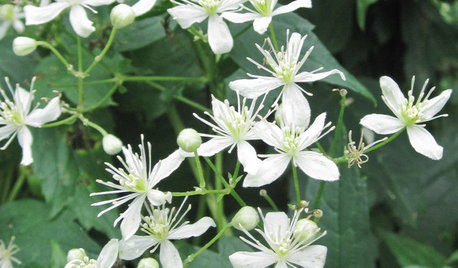
GARDENING GUIDESGreat Design Plant: Clematis Virginiana
Devil’s darning needles, a vigorous vine native to eastern North America, likes partial shade and many types of soils
Full Story
CONTAINER GARDENS8 Easy Container Plants to Grow From Seed
Get beautiful blooms and herbs in summer by starting these choice garden picks from seed in spring
Full Story
HOUZZ TVHouzz TV: How to Make and Plant a Veggie Box
See how to start edibles from seed, then transfer the seedlings to a box on stilts to make harvesting more fun
Full Story
MOST POPULARSummer Crops: How to Grow Sunflowers
Savor snack-tastic sunflower seeds once the radiant blooms have faded — if the birds have saved you any, that is
Full Story
WINTER GARDENINGExtend Your Growing Season With a Cold Frame in the Garden
If the sun's shining, it might be time to sow seeds under glass to transplant or harvest
Full Story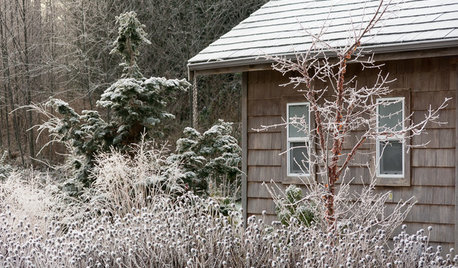
WINTER GARDENINGLook Beyond Plants for a Wonderful Winter Garden
Use sculptures, fences and other structures to draw the eye to a bare-bones landscape
Full Story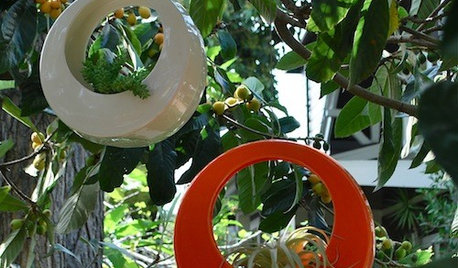
GARDENING AND LANDSCAPING40 Great Gifts for Gardeners
What to Get for Green-Thumb Types. It's a No-Gnome Zone.
Full Story
GROUND COVERSGround Force: 10 Top Ground Covers for Your Garden
Protect your soil from weeds and drought this summer with a living mulch of ground covers
Full Story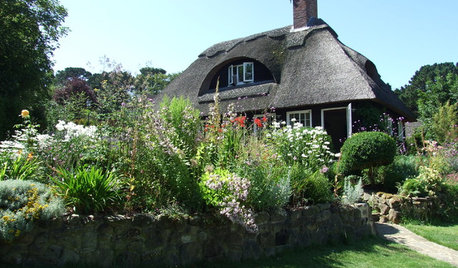
LANDSCAPE DESIGNHow to Create a Cottage-Style Garden
If you like an abundance of plants — and visits from birds, bees and butterflies — this may be the style of yard for you
Full Story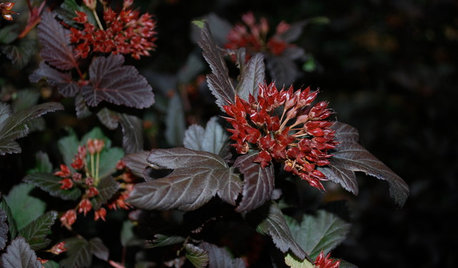
LANDSCAPE DESIGNGreat Design Plant: Sun-Loving Ninebark Puts on a Color Show
This tall, dark and handsome native shrub is equally at home in jeans and boots or in a suit and tie
Full StoryMore Discussions







nckvilledudes
sunimretteOriginal Author
Related Professionals
70037 Landscape Architects & Landscape Designers · Leawood Landscape Architects & Landscape Designers · Marina Landscape Architects & Landscape Designers · Summit Landscape Architects & Landscape Designers · Maple Valley Landscape Contractors · Andover Landscape Contractors · Columbine Landscape Contractors · Fuquay-Varina Landscape Contractors · Hoover Landscape Contractors · Lakewood Landscape Contractors · McLean Landscape Contractors · Ringwood Landscape Contractors · Siloam Springs Landscape Contractors · Tinton Falls Landscape Contractors · Maple Heights Landscape Contractorsnckvilledudes